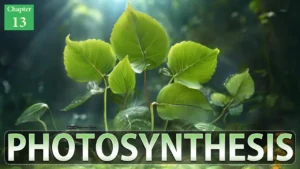Earthworm Morphology Short Notes
In this article we will discuss about the earthworm morphology
Earthworm Morphology
- Earthworm is burrowing animal usually live inside the upper layer of moist soil
- Earthworm have long segmented cylindrical body
- Body is divisible into dorsal and ventral regions
- Dorsal side has a dark mid line along the longitudinal axis is known as dorsal blood vessels
- Ventral side has prominent genital pores
- Number of segments are 100-120 are called metameres
- First body segment is called the peristomium
- Peristomium possess mouth and fleshy lobe overhanging the mouth is called prostomium
- Last body segment is called the pygidium or anal segment
- 14th, 15th and 16th segments are covered by prominent dark band of glandular tissue called clitellum
- Clitellum divides the body of earthworm in 3 regions
- Pre clitellar region – 1st to 13th segments
- Clitellar region – 14th to 16th segments
- Post clitellar region – 17th and onwards
- All segments except the first, last and clitellum bear S shaped setae, it can be extended or retracted. Their function is locomotion.
Apertures in the body of an earthworm
- Dorsal pores: present after 12 segments except the last segment. Coelomic fluid oozes out from this pore that lubricates the surface of body
- Spermathecal pores: situated ventro-laterally and found in segment 5/6, 6/7, 7/8, 8/9. spermatozoa enter the spermatheca through these pores.
- Female genital pore: present in the 14th segment mid-ventrally. The ova discharged out via the female genital pore
- Male genital pore: situated ventro-laterally in 18th segment. sperm release through this pore.
- Nephridiopores: present in all segments except first two segments. Help for Excretion
- Genital papillae: present in the ventral side of 17 and 19 a pair each. These papillae aids in temporary attachment in course of reproduction
You may also like: –
- Earthworm Morphology Short Notes
- Body Wall of Earthworm Short Notes
- Earthworm Digestive System Short Notes
- Earthworm Circulatory System Short Notes
- Earthworm Nervous System Short Notes
- Earthworm Excretory System Short Notes
- Earthworm Reproductive System Short Notes
For more detailed information about Structural Organisation in Animals, download now full study material as PDF and if you want to learn more detailed information about Structural Organisation in Animals, visit YouTube Channel.



![[PPT] The living world Class 11 Notes](https://rajusbiology.com/wp-content/uploads/2024/06/PPT-The-living-world-Class-11-Notes-300x169.webp)
